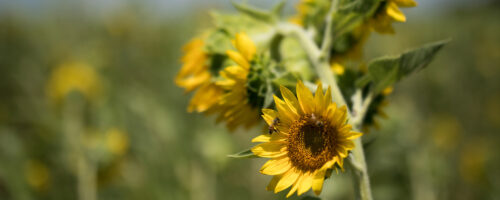Category: Crops
Categories
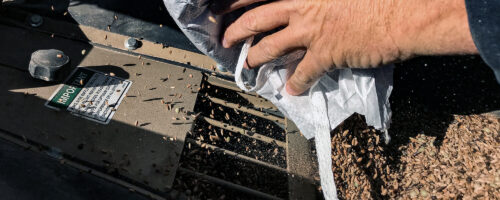
3 Steps To Using Cool-Season Cover Crops On Your Ranch
Estimated reading time: 7 minutes
Planting cool-season cover crops that match your ranch’s management goals and environmental conditions...

Cover Crop Confessions: Mistakes We Made and Lessons We Learned (And What We’re Still Learning)
Estimated reading time: 10 minutes
Converting from conventional cropping to regenerative practices can be a challenge in the early years. No...
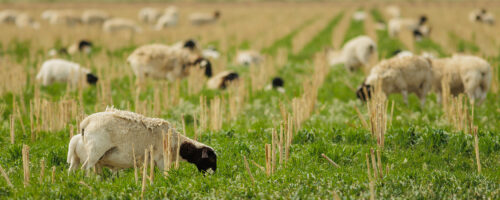
Here’s What Cover Crops You Should Plant This Spring
Estimated reading time: 3 minutes
Your context and goals will dictate the warm-season mix you need on your regenerative ranch.
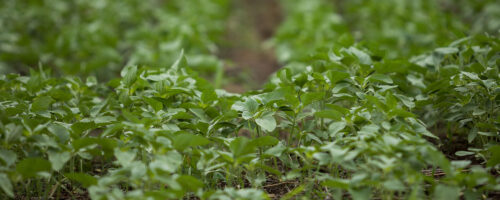
So You Want To Grow Cover Crops: 3 Questions to Ask Before You Start
Estimated reading time: 3 minutes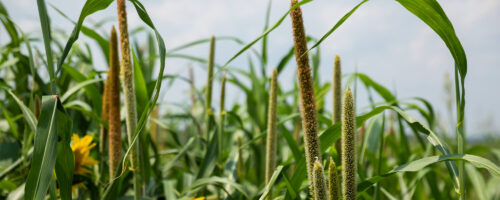
Do’s and Don’ts of Cover Cropping
Estimated reading time: 5 minutes
We started our cover crop journey about four years ago and would like to share some of the benefits we ha...
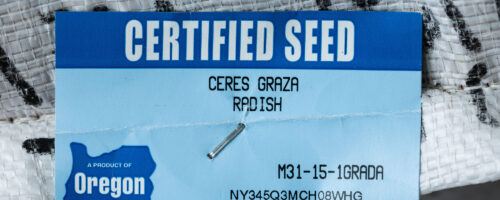
Seed Certification: What Is It and What Does It Mean for You?
Estimated reading time: 5 minutes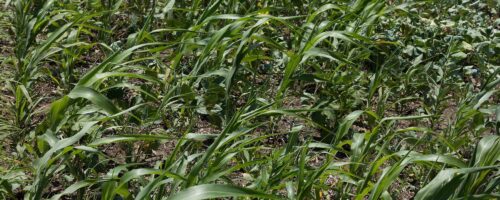
Cover Crops: A Tool in Agricultural Production
Estimated reading time: 3 minutes